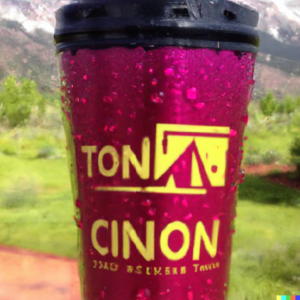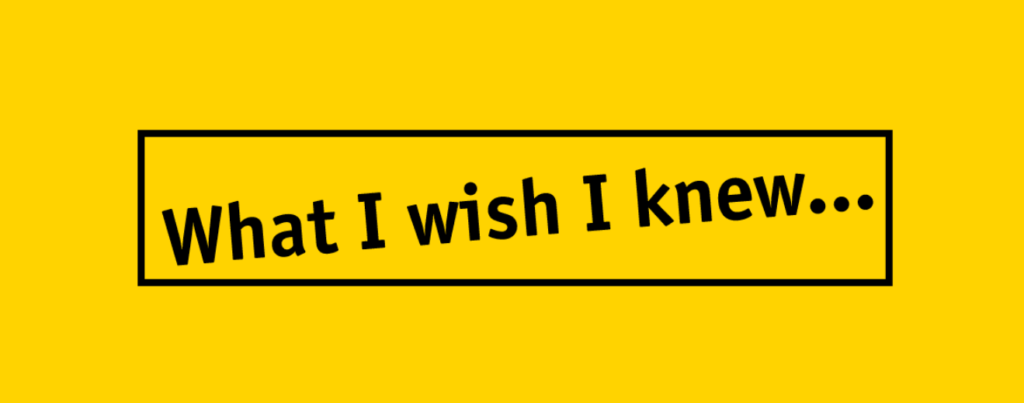Does Charcoal Lighter Fluid Work On Wood? No, charcoal lighter fluid is specifically designed for charcoal and is not safe or effective for use on wood. Using charcoal lighter fluid on wood can be dangerous as it can lead to a larger and hotter fire than intended, potentially causing damage or injury. It is important to use appropriate fire starters or kindling when starting a fire with wood.
Can you light wood with lighter fluid?
No, lighter fluid should not be used to light wood. It is designed to be used with charcoal or gas grills, and can produce a high flame or explosion when used with wood. It is important to use proper fire-building techniques and kindling to start a fire with wood. What can be used to start a fire in a fire pit or fireplace?
There are a few different options for starting a fire in a fire pit or fireplace:
1. Kindling: This is small, dry pieces of wood specifically used to start fires. They can be easily lit with a match or lighter and will create a base for your fire.
2. Newspaper or shredded paper: Crumple up a few sheets of newspaper or some shredded paper and place them at the bottom of your fire pit or fireplace. Light them with a match or lighter and they will serve as a starter for your fire.
3. Fire starter logs or sticks: These are pre-made logs or sticks that are designed to help start fires. They are usually made of a combination of wood shavings, wax, and other flammable materials.
4. Fire starter gel or cubes: These products are typically made of a flammable gel or wax and can be placed under your firewood to help start the fire. They are often used for camping or outdoor fires.
Remember to always use caution when starting a fire and never leave it unattended. It is important to have a fire extinguisher or bucket of water nearby in case of emergencies.
Why can’t you use lighter fluid in wood stove?
What liquid can you use for wood burning?
There are a few different options for liquids that can be used for wood burning, but it is important to note that these liquids should only be used in outdoor fire pits or fireplaces, never in indoor wood-burning stoves.
1. Rubbing alcohol: This can be used as a fire starter, by soaking cotton balls or tissues in a small amount of rubbing alcohol and placing them under your firewood.
2. Vegetable oil: A small amount of vegetable oil can also be used as a fire starter, by soaking a cotton ball or paper towel and placing it under your firewood.
3. Pinecone fire starters: Soaking pinecones in paraffin wax or melted old candle wax can create a flammable fire starter for your wood fire.
Remember to always use caution when starting a fire and never leave it unattended. It is important to have a fire extinguisher or bucket of water nearby in case of emergencies.
What is the alternative fuel for a wood burning stove?
The alternative fuel for a wood burning stove can vary, depending on the type of stove and its specifications. Some options may include:
1. Pellets: Pellet stoves are designed to burn small, compressed wood or biomass pellets. These stoves are typically more efficient and cleaner burning than traditional wood stoves.
2. Propane: Some wood stoves can be converted to also burn propane gas. This can be a convenient option for areas where wood may not be readily available or during times of wood shortages.
3. Bioethanol: This is a renewable, environmentally-friendly liquid fuel made from fermented plant sugars. It can be used in specially designed wood stoves to create a clean-burning fire.
Always consult with the manufacturer’s instructions before using any alternative fuels in a wood burning stove, as they may require specific criteria or modifications for safe and efficient burning.
What not to burn in a wood stove?
It is important to only burn materials that are specifically intended for use in a wood stove. Here are some things that should never be burned in a wood stove:
1. Garbage or plastic: These materials can release toxic chemicals when burned, which can be harmful to both humans and the environment.
2. Treated wood: Wood that has been treated with chemicals, such as pressure-treated or painted wood, should not be burned. These chemicals can release harmful fumes when burned.
3. Wet wood: Wet or green wood can produce excessive smoke, creosote buildup, and reduced heat output. It can also contribute to air pollution and respiratory problems.
4. Paper products: While paper products may seem like a convenient fire starter, they can produce too much ash and lead to a buildup of soot in the chimney.
Always follow the manufacturer’s instructions for safe and efficient burning in your wood stove.
Can I burn briquettes in my wood burner?
What is the cleanest fuel to burn?
The cleanest fuel to burn will vary based on the type of fuel and the appliance it is being used in. Some options for clean burning fuels include:
1. Natural gas: Produces fewer emissions and pollutants than other fossil fuels.
2. Biofuels: Made from renewable sources such as corn, soybeans, or sugarcane, and release fewer emissions when burned.
3. Electric: While not technically a fuel, electric-powered appliances and vehicles emit no emissions at the point of use.
4. Propane: A clean-burning fuel, with lower emissions than traditional fuels like gasoline or diesel.
5. Hydrogen: When produced with clean energy sources, hydrogen can be a very clean-burning fuel option.
It is important to consult with the manufacturer’s instructions for the most suitable and efficient type of fuel to use with your specific appliance.
Is there a difference between lighter fluid and charcoal lighter fluid?
Yes, there is a difference between lighter fluid and charcoal lighter fluid.
Lighter fluid is a highly flammable liquid used to start fires quickly and easily. It is typically used for lighting charcoal in a grill or starting a campfire. It is made up of various petroleum distillates, such as kerosene, naphtha, and propane. It is not recommended to be used as a fuel for wood burning because it can produce a high flame and release toxic fumes.
Charcoal lighter fluid, on the other hand, is a type of lighter fluid specifically designed to be used with charcoal. It is typically made up of similar petroleum distillates as regular lighter fluid, but may also contain additional ingredients to help ignite and burn the charcoal more efficiently. It is intended for use in outdoor grills and should not be used as a fuel for wood burning.
How long should you let lighter fluid soak into wood?
What can I use to light wood?
There are a few different options for lighting wood:
1. Kindling: This is small, dry pieces of wood specifically used to start fires. They can be easily lit with a match or lighter and will create a base for your fire.
2. Newspaper or shredded paper: Crumple up a few sheets of newspaper or some shredded paper and place them at the bottom of your fire pit or fireplace. Light them with a match or lighter and they will serve as a starter for your fire.
3. Fire starter logs or sticks: These are pre-made logs or sticks that are designed to help start fires. They are usually made of a combination of wood shavings, wax, and other flammable materials.
4. Fire starter gel or cubes: These products are typically made of a flammable gel or wax and can be placed under your firewood to help start the fire. They are often used for camping or outdoor fires.
Remember to always use caution when starting a fire and never leave it unattended. It is important to have a fire extinguisher or bucket of water nearby in case of emergencies.
Conclusion
Connect With Us
If you have any further questions or need additional guidance, please don’t hesitate to reach out to us—we’re here to help!
For more insights and valuable resources, be sure to explore our other platforms:
- InfinityCharm.com: Discover products that empower and inspire you on your journey.
- ConsultoriaSEO.co: Enhance your online presence with professional SEO consulting.
- CheekMeOut.com: Stay updated with the latest trends in fashion and beauty.
- HelloWeSew.com: Dive into a world of creativity with sewing tutorials and craft ideas.
- PorcupinePress.com: Explore a variety of engaging content across different genres.
Special Thanks to Our Community Partners
We’d like to extend our gratitude to our community partners who continually provide exceptional services:
- Gutter Installation Tulsa: Quality gutter solutions for your home or business.
- Commercial Cleaning Services Tulsa: Keeping your workspace pristine and professional.
- Mailbox Repair OKC & Mailbox Repair Tulsa: Reliable mailbox installation and repair services.
- Concrete Repair OKC: Expert concrete repair for durable and safe surfaces.
- Hutto TX Roof Repair: Trusted roofing solutions in Hutto, Texas.
- OKC Christmas Lights Installation: Brighten your holidays with professional light installations.
- Lawn Mowing Service OKC & Lawn Service Tulsa: Keep your lawn lush and well-maintained.
- Norman Junk Removal: Efficient and eco-friendly junk removal services.
- Chester County Towing Services: Prompt and reliable towing when you need it most.
These businesses are dedicated to delivering the best services in town, and we’re proud to be connected with them.
Disclaimer: We are not financial advisors or lawyers. This content is for educational purposes only, and you should always consult a professional before beginning any business venture. It’s important to conduct thorough research and consider multiple sources to make informed decisions.
Explore More Topics
Interested in other business opportunities? Check out our article on How To Start A Laser Hair Removal Business? for insights into the growing field of personalized education.
By integrating this network of resources and services, we’re committed to supporting you in every aspect of your entrepreneurial and personal growth journey.
Thank you for being a part of our community. We wish you success and fulfillment in your coaching business endeavors!





